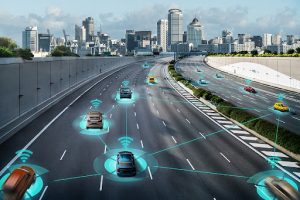 The Department of Health and Human Services (HHS) has been in the spotlight like never before with their critical role in managing the pandemic. While there is a lot of work still to be done on that front, other critical efforts are taking place across HHS agencies that will have an incredible impact on the health and well-being of citizens.
The Department of Health and Human Services (HHS) has been in the spotlight like never before with their critical role in managing the pandemic. While there is a lot of work still to be done on that front, other critical efforts are taking place across HHS agencies that will have an incredible impact on the health and well-being of citizens.
Data Sharing
The necessity of sharing data to understand and respond to the pandemic spawned a host of new applications and a new openness to data sharing across HHS as well as governmentwide. The first major HHS data sharing platform was launched in April 2020. Named HHS Protect, this platform provided visibility into more than four billion data elements from 225 sources providing intelligence on rates of infection and hospitalizations. HHS is committed to expanding its use and sharing of data in all areas of its mission with programs including the Data Optimization Initiative, Administration for Children and Families Data Sharing Solutions, and the Trusted Exchange Framework and Common Agreement (TEFCA). Continue reading



 Blockchain
Blockchain The sci-fi genre is riddled with plots where machines take over the world with disturbing results for humans. In reality, we are seeing machines become a partner rather than an adversary as smart IoT machines are being used by humans to supplement tasks.
The sci-fi genre is riddled with plots where machines take over the world with disturbing results for humans. In reality, we are seeing machines become a partner rather than an adversary as smart IoT machines are being used by humans to supplement tasks. The results of the 13th FITARA scorecard, a program
The results of the 13th FITARA scorecard, a program  In an effort to continue to keep us safe, law enforcement and other first responders are embracing and responding to the implementation of new technologies. In this post we'll take a look at three technology areas impacting how law enforcement carries out their mission - video, autonomous vehicles, and Internet of Things.
In an effort to continue to keep us safe, law enforcement and other first responders are embracing and responding to the implementation of new technologies. In this post we'll take a look at three technology areas impacting how law enforcement carries out their mission - video, autonomous vehicles, and Internet of Things.
